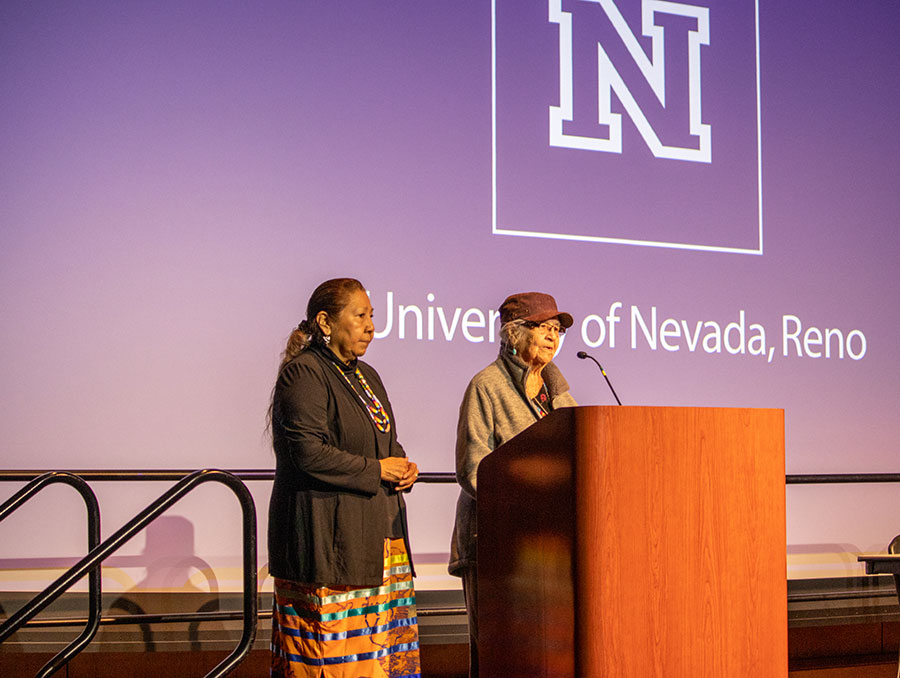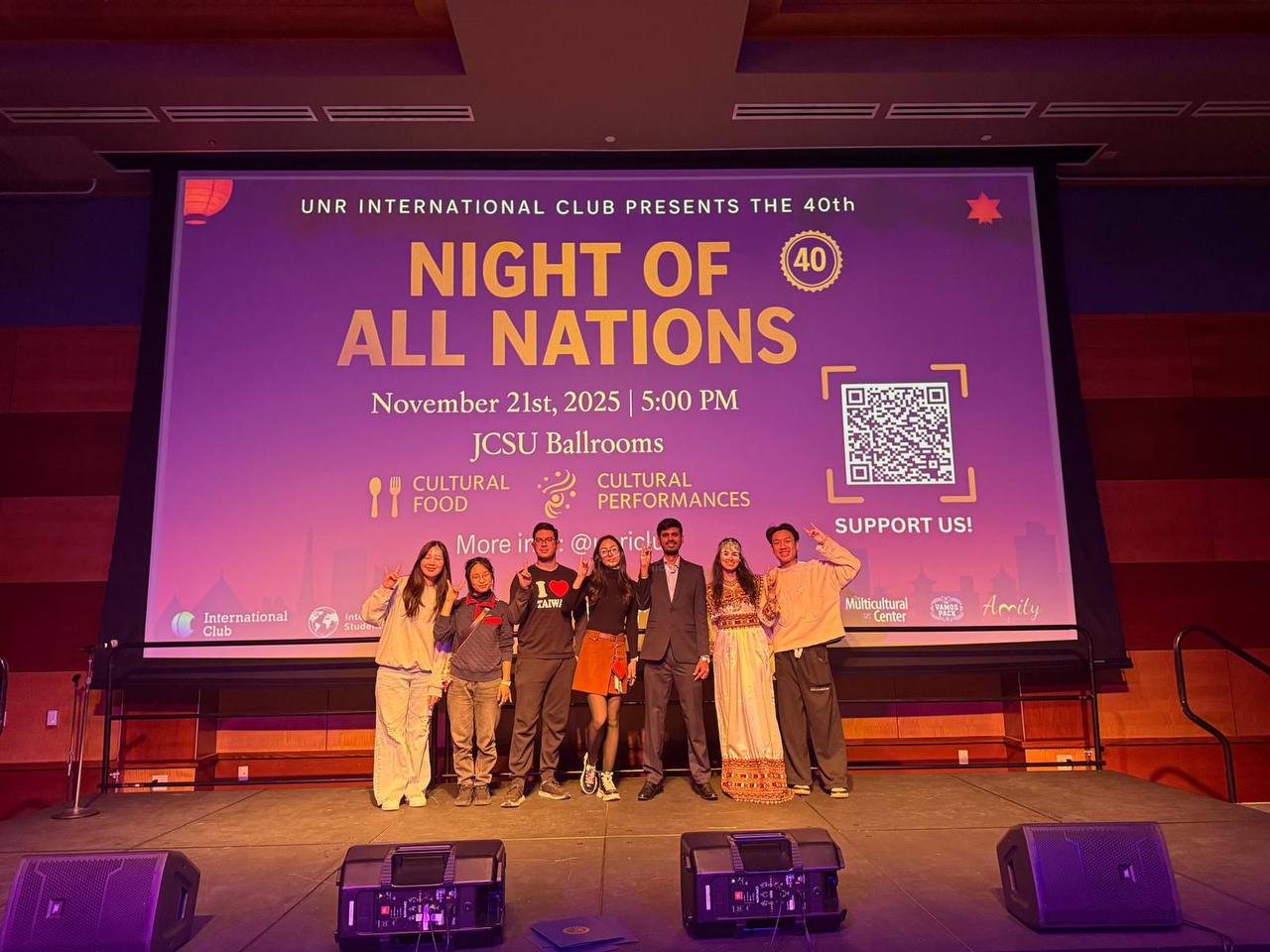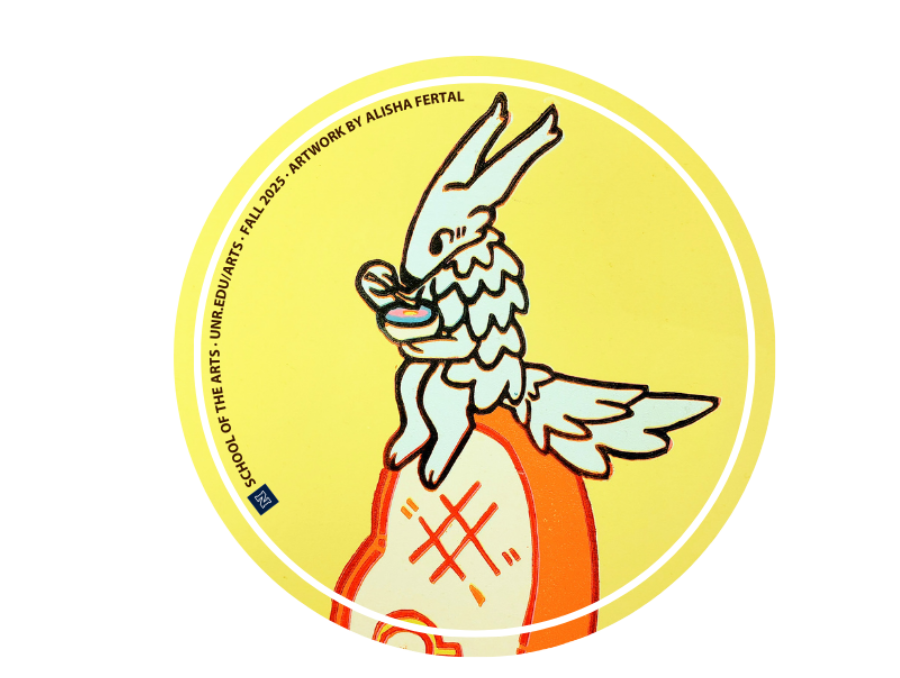The University of Nevada, Reno held its first NAGPRA symposium on Thursday, March 10. Nearly 100 were in attendance in-person, and over 100 virtually attended the day-long hybrid event. The seminar included a day packed with expert panelists from local tribes and community leaders who shared experiences and lessons on the Native American Graves Protection and Repatriation Act (NAGPRA).
The symposium commenced with a land acknowledgment by College of Liberal Arts Dean Debra Moddelmog and opening prayer by Newe Elder Mary McCloud. Several times during the symposium, speakers reminded the audience that the University campus sits on the traditional homelands of the Numu (Northern Paiute), Wašiw (Washoe), Newe (Western Shoshone), Nuwu (Southern Paiute) peoples.
The opening keynote address from Suzan Shown Harjo kicked off the event. Harjo has worked for decades to shape a national Native American policy agenda that addresses issues at the core of Indigenous identity.
Harjo, a Cheyenne citizen of the Cheyenne and Arapaho Tribes, born in her Treaty territory in El Reno, Oklahoma, also is Hotvlkvlke Mvskokvlke of Nuyakv Ground, raised on Muscogee Nation Reservation allotted farmland. A writer, curator and policy advocate, she has developed landmark laws and led campaigns for Indigenous peoples’ inherent sovereignty and human rights, protecting cultural, historic and sacred places and recovering over one million acres of land.
“NAGPRA recognizes one native people,” Harjo said in her opening remarks. “It recognizes the kinship of families."
After a short morning break, a panel discussion led by local tribe leaders garnered a lot of discussion and questions around building good relations in repatriation. Panelists included: Diane Teeman, chairwoman and director of the Culture & Heritage Department, Burns Paiute Tribe; Michon Eben, tribal historic preservation officer, Reno Sparks Indian Colony; Rochanne Downs, tribal historic preservation officer, Fallon -Paiute Shoshone Tribe; and Warren Graham, tribal historic preservation officer, Duckwater Shoshone Tribe.
An additional panel presentation was presented after lunch. “NAGPRA at UNR: The Institutional Response and Vision for the Future,” included an array of professionals in the field. Debra Moddelmog, Ph.D., dean of the College of Liberal Arts; Desireé Reneé Martinez, M.A., RPA, president and principal investigator for archaeology, Cogstone Resource Management Inc.; Wendy Teeter, Ph.D., cultural resources archaeologist, Santa Ynez Band of Chumash Indians/Cogstone Resource Management; and Debra Harry, Ph.D., Numu/Kooyooe Tukadu, associate professor of Indigenous studies, Department of Gender, Race, and Identity, headed up this informative presentation.
Provost Jeff Thompson, Ph.D., provided the closing remarks to this panel and also reinforced the University’s commitment to developing reciprocal relationships with local Indigenous communities.
For the final section of the symposium, “Looking Forward Beyond NAGPRA,” Mishuana Goeman, Ph.D., Tonawanda Band of Seneca, professor of gender studies and American Indian studies, and affiliated faculty in community engagements and critical race studies at UCLA, gave the closing keynote presentation.
In her remarks, “Repatriation, Rematriation and Actualizing Inclusive Campuses for Indigenous Futures,” Goeman said, “We are protectors of an Indigenous future; that’s how I see the work that’s being done.”
Goeman ended with, “There has been a long demand for this and a long time with no response, until now. I’m very glad to see this work being done on campuses like this.”
NAGPRA was enacted in 1990 to deal with the long-standing harm done to Indigenous people due to the collection of ancestral remains, sacred objects and other items of cultural patrimony by researchers and museum curators at universities, museums and other organizations. The symposium was thus a means for sharing information about NAGPRA’s history and purposes in general but also for considering its history at the University and with the Great Basin Tribal Nations.
The Department of Anthropology’s Research Museum at the University of Nevada, Reno holds Native American human remains and cultural items that were primarily obtained between 1967 and 1980 as the result of University archaeological excavations, cultural resource management projects or inadvertent discoveries by the public that were given to the department.
As required by NAGPRA, letters of notification were sent to the culturally affiliated tribes around 1995. However, only a few repatriations have been done since then, and there are still ancestral remains under the department’s care. But there are other collections at the University that also may contain culturally affiliated items and sacred objects for which tribal consultation and possible repatriation is necessary.
The University has acknowledged that it is committed to returning ancestors and their belongings to their homes, and it has recently renewed efforts to consult with tribal nations to ensure that all ancestors under the care of the University of Nevada, Reno are repatriated as soon as possible.
Additionally, the University is currently hiring for a NAGPRA liaison and project manager to lead NAGPRA-related efforts. This liaison will join another new hire, the director of Indigenous community relations, who will report directly to the president of the University. Both positions were created to facilitate NAGPRA-related activities and actions and to build stronger relationships and partnerships between the University and Great Basin Tribes.
The NAGPRA Symposium was organized by Debra Harry, Ph.D. and received significant support from the Office of the Provost. Other co-sponsors included the College of Liberal Arts and the Nevada Indian Commission.
















